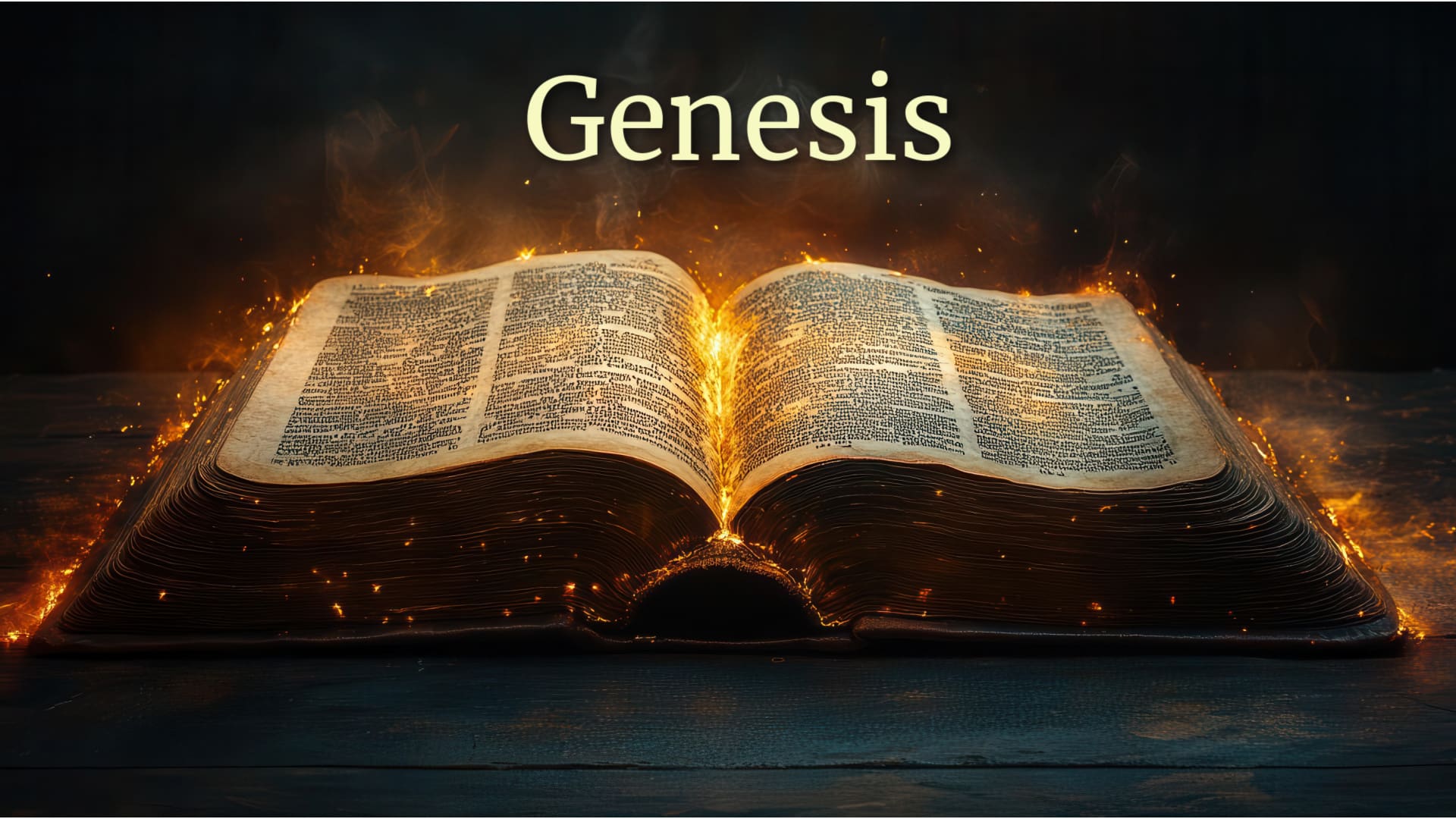
Stairway to Heaven
Then Jacob awoke from his sleep and said, “Surely the Lord is in this place; and I did not know it. And he was afraid, and said, “How awesome is this place! This is none other than the house of God, and this is the gate to heaven. Genesis 16 f.
We lift the story of Jacob’s dream from its historical moorings to look at it from another angle, transforming it into an allegory so we see that this dream becomes “Everyman’s” dream, and specifically, the Christian and his/her encounter with Christ. Jacob is “everyman” on the run. He bears the burden of his sinful self, and this he cannot leave behind; it dogs him everywhere he goes, spoiling everything he touches. The sun has set and night is upon him. This signifies his spiritual state. He is in the dark about himself, and cannot understand why he is the way he is.
Exhausted, he finds a stone and lays his head upon it. Stones do not make comfortable pillows. They are cold and hard, and here it symbolizes his sorrow, pain, loss, in short, stony grief. Sleep here is relief from his chaotic consciousness, but also stillness in which God can break through to him. Supernatural breakthrough comes with the dream. The stairway to heaven is Christ on His cross. The vertical beam bearing His body bridges Transcendence above and creation below, uniting heaven and earth as His incarnation unites His divinity and humanity. The horizontal beam embraces all with His outstretched arms. Christ as the risen Lord YHWH stands above it, inviting “Everyman” to ascend. Angels ascending and descending reveals all the unseen help from the spiritual realm that God provides for the ascent, for the no one can ascend on his own. With the dream comes a promise. The promise of the Lord Jesus Christ is that “Everyman” has a specific role to play in the cosmic scheme of things, and God is going to bring this about through him, be with him, and in the end, bring him home. This promise awakens faith in “Everyman” that God has his best in mind for him even when circumstances are dark and incomprehensible. The way, though, is the way of the cross. We too must be lifted on the cross of self sacrifice, embracing death to self. This is the way one ascends the stairway!
Awaking from his dream is awaking to a whole new reality that was always there but never seen. Bright with praise and awe, everything is new (II Cor. 5:17, “If anyone be in Christ, everything is new!”). Awakening is illumination, insight into the nature of things, and a sense of God’s presence. “Surely the Lord is in this place, and I did not know it!” (28:16). Enlightenment inspires a vow to serve God and worship. “Everyman” pours oil over the stone of suffering, the oil being the overabundance of the Spirit of Christ in his soul, transforming his life’s pain and sorrow into a pillar of praise and worship. It will become a significant building block in God’s cosmic temple. “He who conquers, I will make him a pillar in the temple of my God; never shall he go out of it, and I will write on him the name of my God, and the name of the city of my God out of heaven, and my own new name” (Rev. 3:12).
Who is Jesus Christ to millions of believers over the past two thousand years if not the “stairway to heaven?” What a perfect picture of the Christ encounter! In Christ this dream was made accessible to not just a few, but to all races, cultures, and countries. This numinous moment has been allegorized by many of the Church fathers, but it seems to me that the most powerful one is the famous poem by Sarah Adams, Nearer my God to Thee:
Nearer, my God, to Thee,
Nearer to Thee;
E’en though it be a cross
That raiseth me,
Still all my song shall be
Nearer, my God, to Thee,
Nearer, my God, to Thee,
Nearer to Thee.
Though, like a wanderer,
The sun gone down,
Darkness comes over me,
My rest a stone;
Yet in my dreams I’d be
Nearer, my God, to Thee,
Nearer, my God, to Thee,
Nearer to Thee.
There let me see the sight,
An open heaven;
All that Thou sendest me,
In mercy given;
Angels to beckon me
Nearer, my God, to Thee,
Nearer, my God, to Thee,
Nearer to Thee.
Then, with my waking thoughts
Bright with Thy praise,
Out of my stony griefs
Bethel I’ll raise,
So by my woes to be
Nearer, my God, to Thee,
Nearer, my God, to Thee,
Nearer to Thee.
We have, along with Sarah Adams, abstracted elements of this story and ascribed to them completely different meanings than the historical story, creating a parallel story that is timeless and speaks the truth of the Christian experience, making Christ central to the text. Yet, this timeless parallel story, this allegory, if you will, is completely faithful to the spirit of the historical text. In fact, the historical story is deeply spiritual in and of itself, and demands that the reader make some application to himself. For the Christian, we see how Christ naturally fulfills and completes this wonderful old story.
Takeaway: Allegory lifts stories like this above a specific time and makes its power felt in receptive hearts in all ages. According to Dei Verbum,
Question: Do you understand from this post what Allegory is, how to do it, and why we do it?
Resources used:
CCC, 115 – 119 on the four senses of Scripture.
Dei Verbum
0 Comments